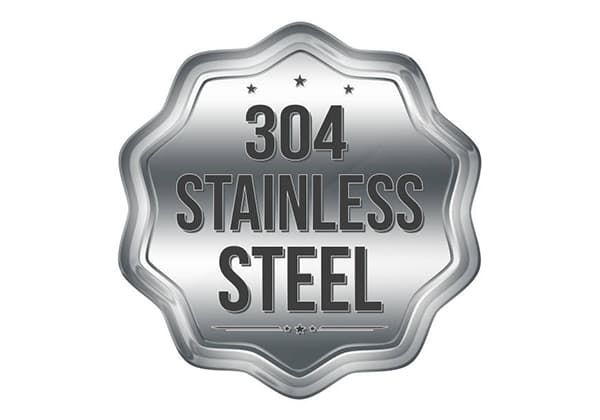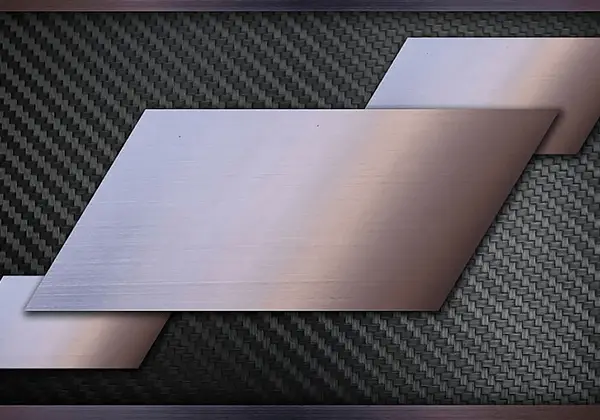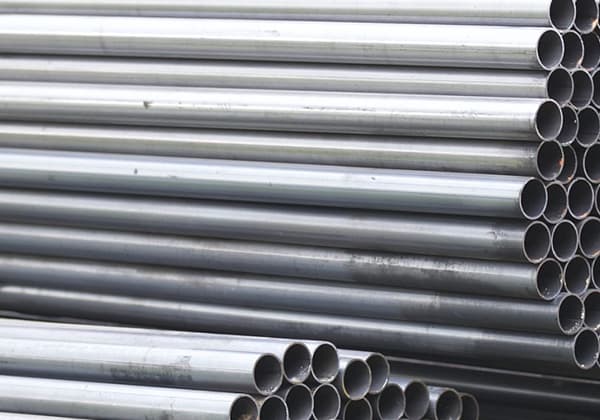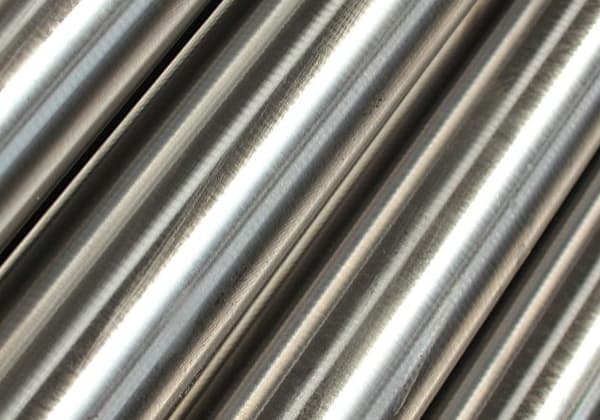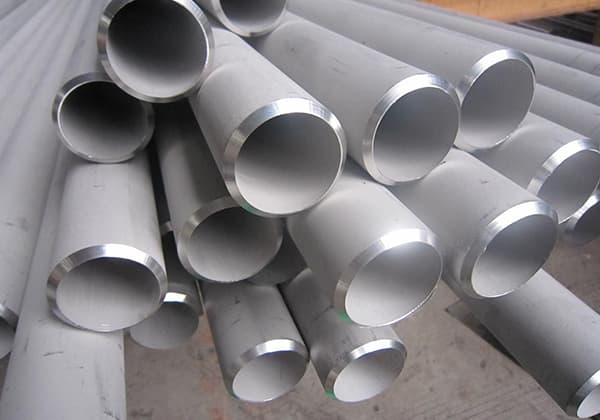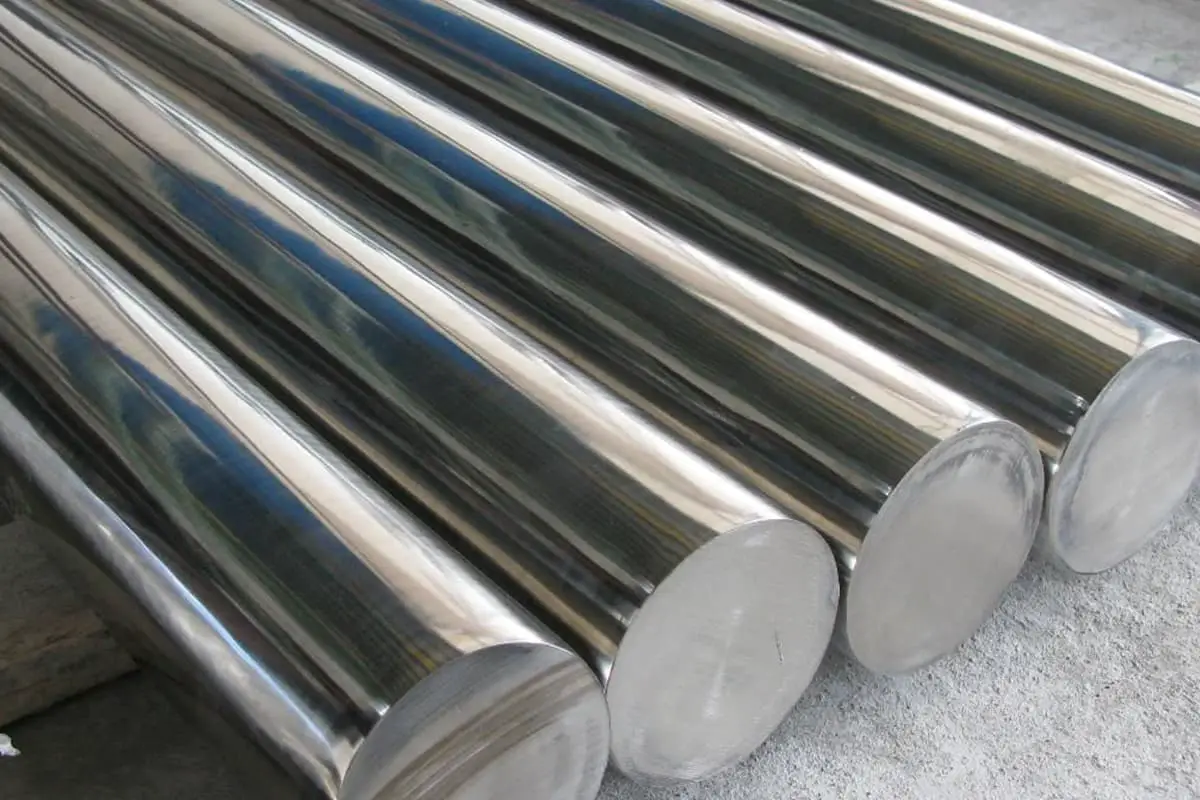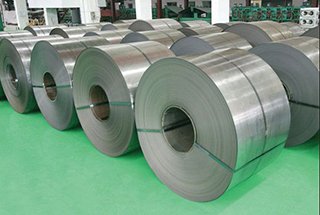
Have you ever wondered why 304 stainless steel pipes undergo heat treatment? This essential process not only enhances the mechanical properties but also prepares the material for subsequent manufacturing steps. In this article, we’ll explore the methods of annealing, normalizing, quenching, and tempering, revealing how each technique contributes to the steel’s strength, plasticity, and overall performance. By understanding these processes, you’ll gain insights into how heat treatment transforms stainless steel pipes into high-quality, durable components.
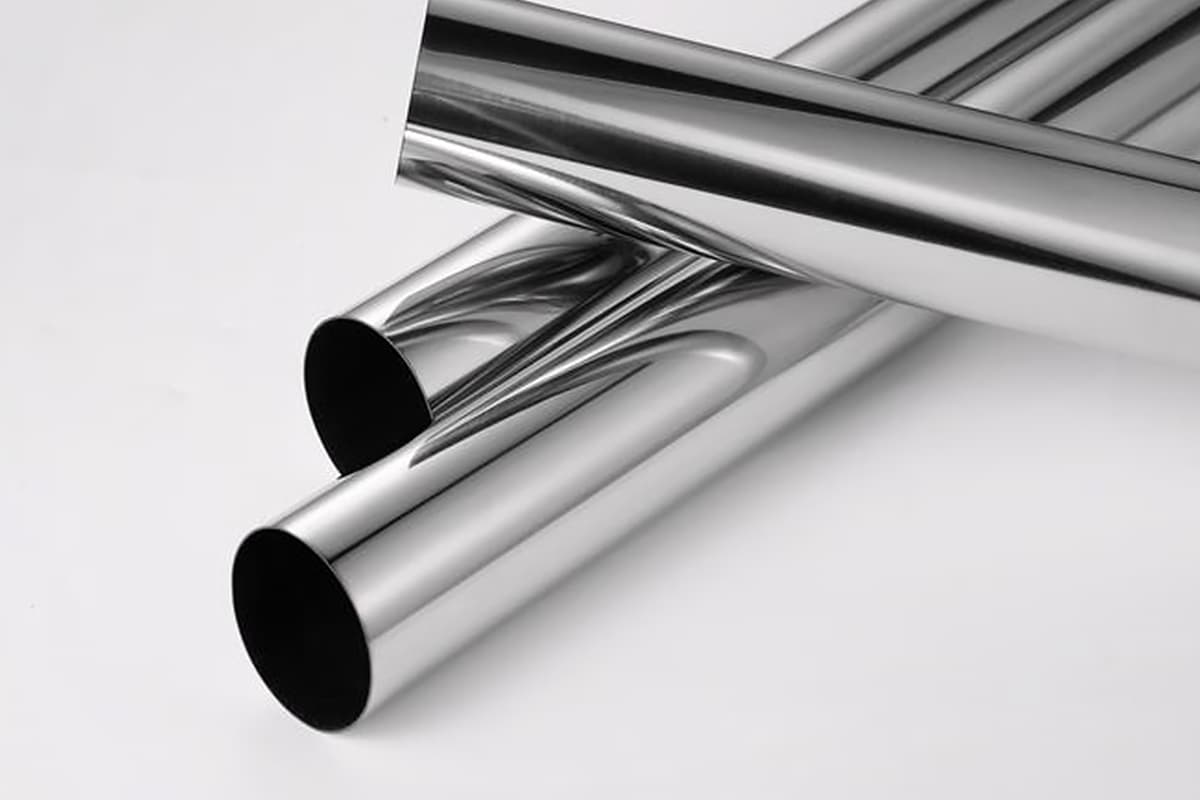
Heat treatment is an indispensable process in the manufacturing of 304 stainless steel tubes
Annealing refers to the process of heating the stainless steel tube to a certain temperature, maintaining that temperature for a period of time, and then allowing it to cool slowly.
Annealing of steel involves heating the material to a temperature where phase change or partial phase change occurs, followed by slow cooling after a period of temperature maintenance.

The purpose of annealing is to eliminate structural defects, improve the homogeneity of the composition and refine grains, enhancing the mechanical properties of steel, and reducing residual stress.
Simultaneously, it can reduce hardness, improve plasticity and toughness, and enhance machinability.
Therefore, annealing not only rectifies and improves the structural defects and internal stress left by the previous processes, but also prepares for subsequent operations.
Thus, annealing is considered a semi-finished heat treatment, also known as pre-heat treatment.
Normalizing is a heat treatment method that involves heating the steel above the critical temperature, transforming the steel entirely into a uniform austenite structure, and then allowing it to cool naturally in the air.
This process eliminates the network of cementite in hypo-eutectoid steel, refines the grain structure, and improves overall mechanical properties.
For parts with less stringent requirements, normalizing can be a more economical alternative to the annealing process.
Quenching is a heat treatment method in which steel is heated above the critical temperature, maintained at that temperature for a period of time, and then rapidly immersed into a quenching medium, causing a sudden drop in temperature.
This rapid cooling at a rate faster than the critical cooling speed results in a predominantly martensitic and unbalanced structure.
Quenching enhances the strength and hardness of the steel, albeit at the expense of its plasticity.
Commonly used quenching mediums include water, oil, brine, and salt solutions.
Tempering involves reheating already quenched steel to a certain temperature and then cooling it using a specific method.
The goal is to eliminate internal stress caused by quenching, reduce hardness and brittleness, and achieve the desired mechanical properties.
Tempering is categorized into high, medium, and low-temperature tempering and is often used in conjunction with quenching and normalizing.
a) Quench and Temper Treatment:
The heat treatment process of high-temperature tempering after quenching is known as quench and temper treatment.
High-temperature tempering refers to tempering carried out between 500-650℃.
Quench and temper treatment substantially adjust the properties of the steel, providing it with good strength, plasticity, toughness, and overall mechanical performance.
b) Aging Treatment:
To prevent changes in size and shape of precision tools or molds, and stainless steel tube components during long-term use, workpieces are often reheated to 100-150℃ for 5-20 hours before precision machining, after low-temperature tempering (low-temperature tempering temperature 150-250℃).
This treatment, known as aging, is critical for stabilizing the quality of precision parts.
Aging treatment of steel components under low temperature or dynamic load conditions is especially important to eliminate residual stress and stabilize the steel structure and dimensions.


